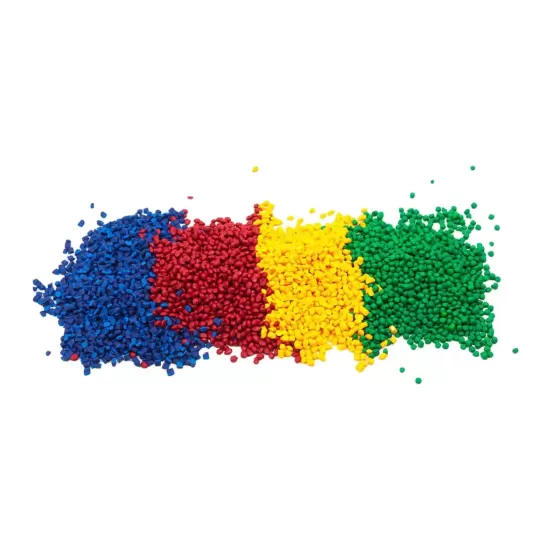

This product is made of polymer resin as base material, flame retardant, antioxidant and other additives through mixed plasticizing and granulation. It does not contain harmful substances such as heavy metals, and has excellent mechanical properties, electrical properties and wide processing temperature margin.
In Europe, the selection and use of photovoltaic cables follow strict standards to ensure the safety, efficiency and environmental protection of the system. XLPE (cross-linked polyethylene), as a commonly used photovoltaic cable sheath material, is widely adopted due to its excellent heat resistance, chemical corrosion resistance and mechanical strength. European standard EN 50618:2014 specifies the performance requirements of photovoltaic cables, including the cable's heat resistance, UV resistance, ozone resistance and weather aging resistance.
The Characteristics of XLPE Photovoltaic Cable Sheath Materials Include
High Temperature Resistance: XLPE cables can withstand long-term operating temperatures of up to 90°C, and even up to 150°C in the short term, which is suitable for high temperature environments in photovoltaic systems.
UV Resistance: XLPE materials have good UV resistance and can protect cables from damage by ultraviolet rays in the sun, which is especially important for photovoltaic systems exposed outdoors for a long time.
Chemical Corrosion Resistance: XLPE materials have good tolerance to chemicals such as acids, alkalis, and oils, and are suitable for various environmental conditions.
Mechanical Strength: XLPE cables have high mechanical strength and can resist mechanical stress that may be encountered during installation and maintenance.
| Test items | VALUE | Typical value | VALUE | Typical value | UNIT | Method |
| Sheath material | Insulation material | |||||
| Physical property | ||||||
| Hardness | 95±3 | 95 | 95±3 | 95 | 邵A | GB/T 2411 |
| Density | 1.46±0.03 | 1.45 | 1.34±0.02 | 1.34 | g/cm3 | GB-T 1033 |
| Low temperature embrittlement temperature | ≤15/30 | 0/30 | ≤15/30 | 0/30 | 个/PCS | GB/T 5470 |
| Tensile strength before irradiation | ≥8 | 8.5 | ≥8 | 9.3 | MPa | GB/T 1040 |
| Elongation at break before irradiation | ≥180 | 200 | ≥180 | 220 | % | GB/T 1040 |
| Tensile strength before aging | ≥10 | 11.2 | ≥10 | 11.8 | MPa | GB/T 1040 |
| Elongation at break before aging | ≥150 | 160 | ≥150 | 180 | % | GB/T 1040 |
| Thermal elongation 0.2MPa×250℃×15min | ||||||
| Elongation under load | ≤100 | 40 | ≤100 | 30 | % | GB/T 2951 |
| Permanent deformation | ≤25 | 0 | ≤25 | 0 | % | GB/T 2951 |
| Aging performance 150℃×168h | ||||||
| Change rate of tensile strength | ≤-30 | -19 | ≤-30 | -20 | % | GB/T2951.12 |
| Change rate of elongation at break | ≤-30 | -23 | ≤-30 | -25 | % | GB/T2951.12 |
| Electrical performance | ||||||
| 20℃ volume resistivity | ≥1.0×1014 | 2.2×1014 | ≥1.0×1015 | 2.5×1015 | Ω.cm | GB/T 1410 |
| Dielectric strength | ≥20 | 22 | ≥20 | 30 | MV/m | DIN EN 6024 |
| Flame retardant and combustion performance | ||||||
| Oxygen index | ≥30 | 36 | % | GB/T 2406 | ||
| Halogen acid gas generation | ≤0.5 | 0.1 | ≤0.5 | 0.1 | mg/g | IEC 60754 |
| PH value | ≥4.3 | 5.6 | ≥4.3 | 5.6 | - | IEC 60754 |
| Conductivity | ≤10 | 7 | ≤10 | 7 | μs/mm | IEC 60754 |